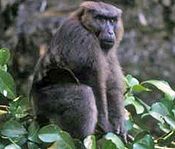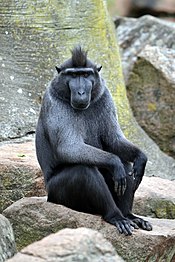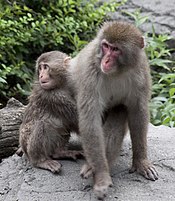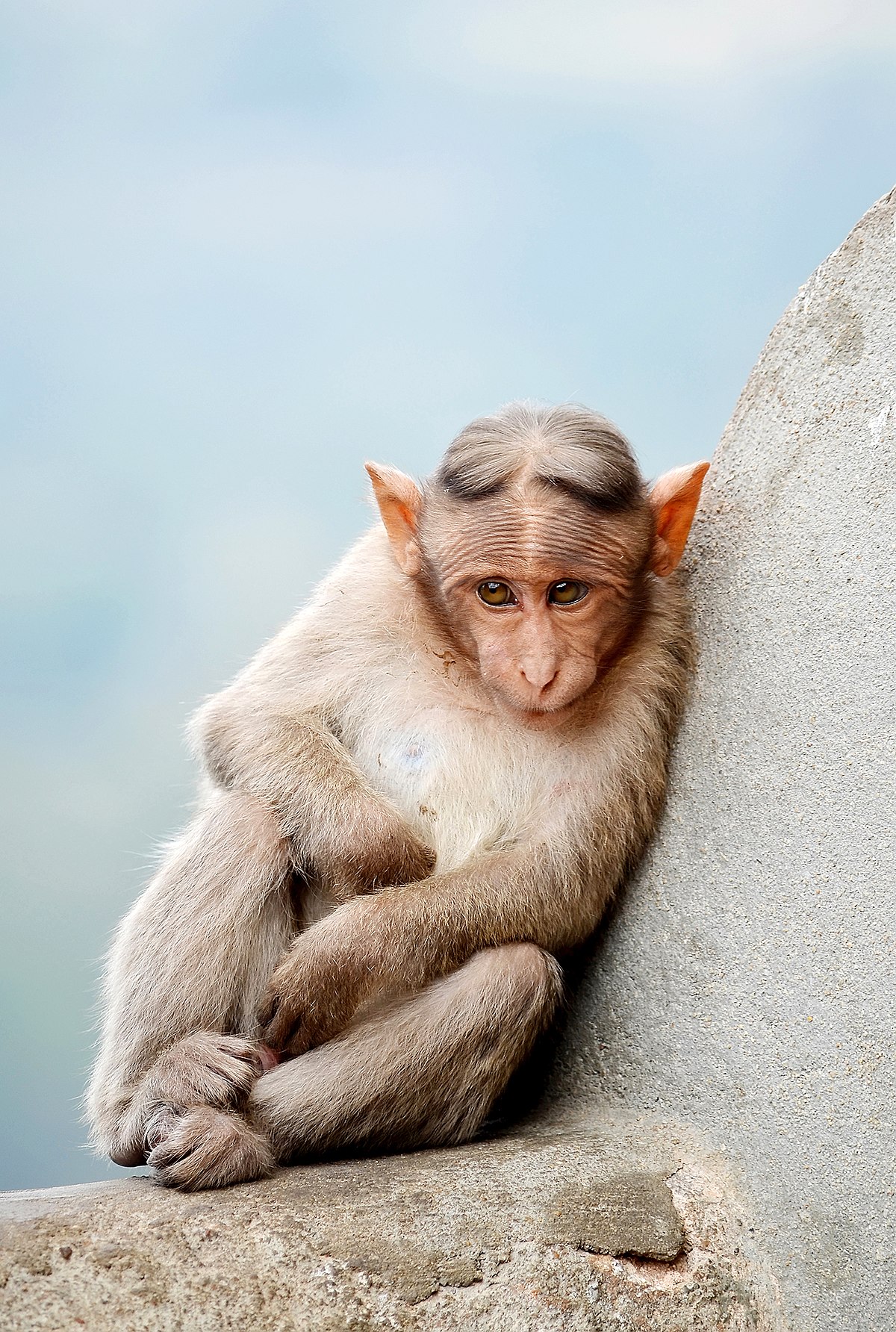What are the types of macaques? Macaques, belonging to the Macaca genus, stand as illustrious figures in the tapestry of non-human primates. Their presence graces the landscapes of Asia, Southern Europe, and North Africa, manifesting a geographical omnipresence unparalleled among their primate peers. With a repertoire of 22 distinct species, each bearing its own unique traits and adaptations, macaques epitomize the diversity inherent in the natural world. From the snow-capped peaks of the Himalayas to the balmy shores of the Mediterranean, these creatures traverse a vast array of ecosystems, carving out niches that reflect their remarkable versatility. This article will give an overview of the types of macaques.
Types of macaques
Macaques, a diverse clan comprising 22 distinct species, offer a fascinating glimpse into the intricacies of primate evolution and behavior. Among these, the cynomolgus macaque (Macaca fascicularis) and the rhesus macaque (Macaca mulatta) stand as stalwarts in the realm of scientific inquiry, their attributes and behaviors serving as focal points for extensive analysis and experimentation.
Remarkable Diversity
Within the vast expanse of the macaque family tree lies a wealth of diversity waiting to be unraveled. Each species boasts its own set of characteristics, finely honed by millennia of evolution to suit the specific demands of its environment. From the robust Rhesus macaques, adorned with their distinctive pink faces, to the enigmatic Japanese macaques, known for their affinity for hot springs, each variant offers a glimpse into the intricate web of life on our planet. Their adaptations span a spectrum as wide as the habitats they inhabit, showcasing nature’s penchant for innovation and adaptation.
Ecological Dominance
Macaques reign supreme in their respective domains, wielding a profound influence on the ecosystems they inhabit. As omnivores with an eclectic palate, they navigate the intricate balance between predator and prey, foraging opportunistically on fruits, seeds, insects, and even small vertebrates. Their dietary flexibility allows them to thrive in diverse habitats, from dense rainforests to arid savannahs, cementing their status as ecological linchpins. Through their interactions with plants and animals, macaques sculpt the very fabric of their habitats, shaping the intricate tapestry of life in ways both subtle and profound.
Types of macaques
Here is a table of types of macaques:
| Groups | Image | Common name | Scientific name | Distribution | Conservation status |
|---|---|---|---|---|---|
| M. sylvanus group |  |
Barbary macaque | M. sylvanus | Algeria and Morocco | Endangered |
| M. nemestrina group |  |
Lion-tailed macaque | M. silenus | Western Ghats of South India. | Endangered |
 |
Southern pig-tailed macaque or beruk | M. nemestrina | southern Thailand, Malaysia, and Indonesia. | Vulnerable | |
 |
Northern pig-tailed macaque | M. leonina | Bangladesh, Cambodia, China, India, Laos, Myanmar, Thailand, and Vietnam. | Vulnerable | |
 |
Pagai Island macaque | M. pagensis | Sumatra. | Critically endangered | |
| Siberut macaque | M. siberu | Siberut Island in Indonesia | Vulnerable | ||
 |
Moor macaque | M. maura | Sulawesi in Indonesia. | Endangered | |
| Booted macaque | M. ochreata | Sulawesi Island, Indonesia. | Vulnerable | ||
 |
Tonkean macaque | M. tonkeana | central Sulawesi and the nearby Togian Islands in Indonesia | Vulnerable | |
| Heck’s macaque | M. hecki | Sulawesi, Indonesia. | Vulnerable | ||
| Gorontalo macaque | M. nigrescens | Sulawesi in Indonesia | Vunerable | ||
 |
Celebes crested macaque | M. nigra | Sulawesi (Celebes) and Bacan islands in Indonesia | Critically Endangered | |
| M. fascicularis group |  |
Crab-eating macaque | M. fascicularis (also known as cynomolgus or long-tailed macaque) | Southeast Asia | Least Concern |
 |
Stump-tailed macaque | M. arctoides | South China, India, Malaysia, Burma, Thailand, Laos, Cambodia and Vietnam | Vulnerable | |
| M. mulatta group |  |
Rhesus macaque | M. mulatta | South, Central, and Southeast Asia | Least Concern |
 |
Formosan rock macaque | M. cyclopis | Taiwan | Least Concern | |
 |
Japanese macaque | M. fuscata | Japan | Least Concern | |
| M. sinica group |  |
Toque macaque | M. sinica | Sri Lanka | Endangered |
 |
Bonnet macaque | M. radiata | India | Least Concern | |
 |
Assam macaque | M. assamensis | Bhutan, Arunachal Pradesh, Assam, Manipur, Meghalaya, Mizoram, Nagaland, Sikkim, and Tripura in northeastern India, into northern Myanmar, China | Near Threatened | |
 |
Tibetan macaque | M. thibetana | eastern Tibet east to Guangdong and north to Shaanxi in China | Near Threatened | |
 |
Arunachal macaque | M. munzala | Arunachal Pradesh in northeastern India | Endangered | |
 |
White-cheeked macaque | M. leucogenys | southeastern Tibet and Arunachal Pradesh in northeastern India | Undetermined |
* The source of this types of macaque is Wikipedia
Other Recommended Reading
- Baby Macaque Description and Facts
- Lion Tailed Monkey Description and Facts
- Black Macaque (Macaca nigra) Description
- Japanese Macaque Baby Profile and Description
- Macaca fuscata – How Much Endangered Is It?
- Macaque Monkey Facts and Description
- Celebes Crested Macaque (Macaca nigra) Description
- Tibetan Macaque (Macaca thibetana) Facts
- Assam Macaque (Macaca assamensis) Facts
- Toque Macaque (Macaca sinica) Description
- Bonnet Macaque (Macaca radiata) Description
- Southern Pig Tailed Macaque (Macaca nemestrina) Facts
- Lion Tailed Macaque (Macaca silenus) Profile
- Crab Eating Macaque (Macaca fascicularis) Description
- Northern Greater Galago (Otolemur garnettii) Facts
- Senegal Galago (Galago senegalensis) Description
- Brown Greater Galago (Otolemur crassicaudatus) Facts
- South African Galago Description and Profile
- Rondo Dwarf Galago (Galagoides rondoensis) Facts
- Lesser Galago Description and Facts

